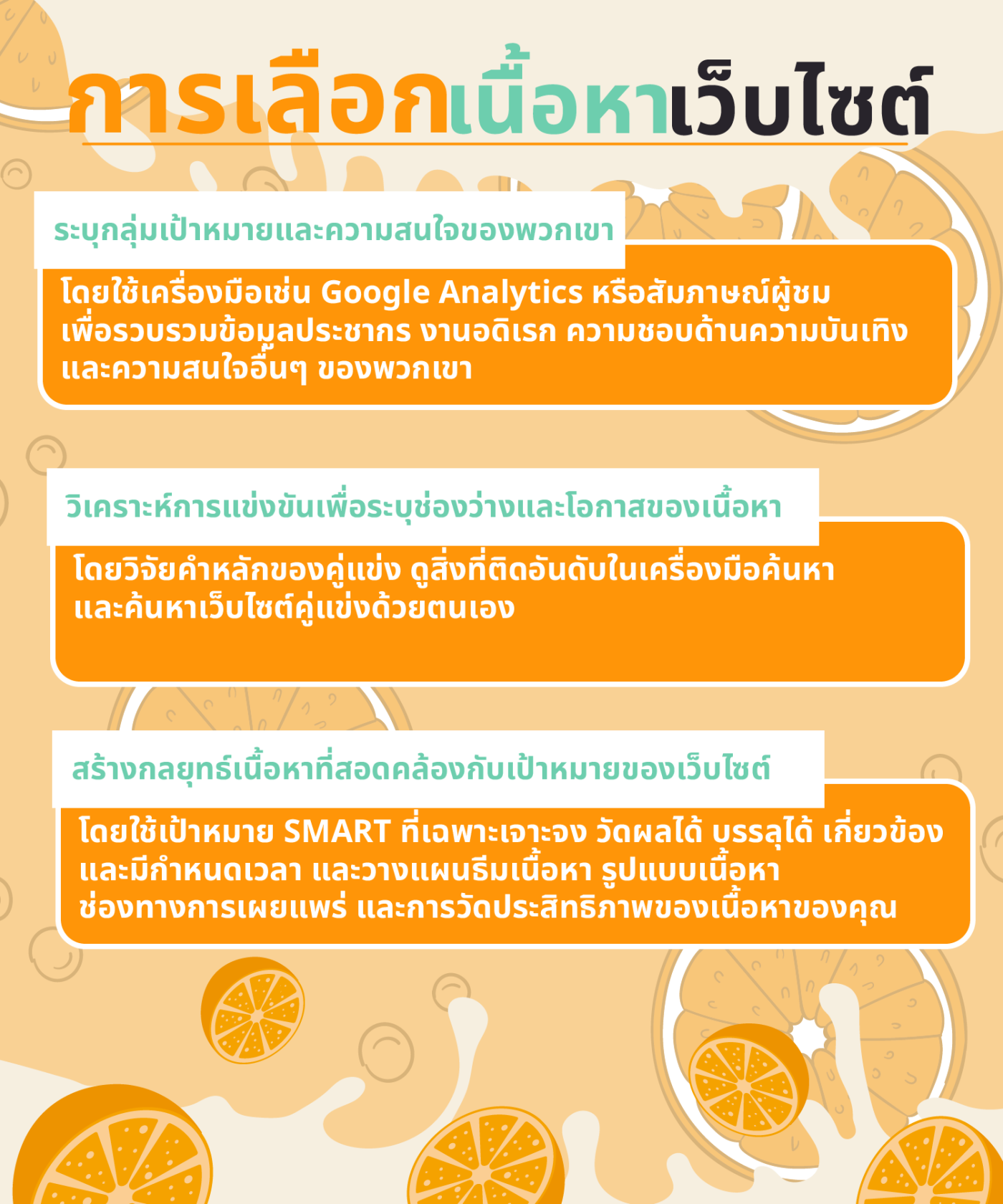
Choosing content on the website
2023-11-16 09:05:17
Choosing content on the website
Identifying the target audience and their interests
Understanding the demographics of your target audience is important in choosing the right content for your website. Demographic data points such as gender, age, occupation, income, and family status. And geographic location can provide valuable insights to help you tailor your content accordingly. To collect this information You can use tools like Google Analytics or interview your audience to have a clear picture of your target demographic. This allows you to make informed decisions about the type of content that will resonate with them. and ultimately drive engagement on your website.
In addition to demographics, It is very important to identify the inclinations and predispositions of your intended readers. By understanding hobbies Entertainment preferences and their other interests, you can create customized and engaging content. There are several ways to collect this information, such as website monitoring and social media analysis. Audience interviews and researching your competitors With this information You can strategically choose topics and images that will engage your audience and drive repeat visits.
Competitive analysis is an important step in identifying content gaps and opportunities for your website. Content gap analysis helps you find topics that your competitors are ranking for and fill in your content gaps. To conduct a comprehensive competitor analysis, you should:
- Conduct competitor keyword research
- See what's already ranked in search engines
- Manually search competing websites to identify content gaps
By understanding which topics and keywords your competitors are targeting, You will be able to discover new content opportunities. and improve your website's overall content strategy. This, in turn, helps you create interactive and engaging content that addresses the needs and interests of your target audience. Set your website apart from your competitors.

Create a content strategy that aligns with your website's goals.
To guarantee success and continuous improvement. Setting clear and precise goals for your website is important. One effective way to set goals is to use SMART goals that are specific, measurable, attainable, relevant, and time-bound. Applying this approach You will have control over the design and content creation process of your website. By targeting, for example, increasing traffic from your target audience. Promoting visitor participation and increasing conversions You can create a strategy that aligns with both your website's objectives and your marketing initiatives. This goal-setting process is a fundamental component of your website's comprehensive marketing strategy. and should be re-evaluated regularly to accommodate changing needs and priorities.
An indispensable aspect of maintaining and engaging your website's audience is writing a content plan that aligns with your message and objectives. An important part of this process is researching your audience. Conduct a competitor analysis Check your current content and choose the right media and channels for your content. A comprehensive content game plan should cover planning, creating, publishing, managing, and curating your content. while effectively communicating your brand message and achieving the desired goals of your website. To create a successful content plan Follow these recommended steps.
- Plan content themes and categories that resonate with your target audience.
- Format content to align with your goals, such as increasing engagement or conversions.
- Select the appropriate channel to publish your content. Taking into account the preferences and behavior of the audience
- Monitor and measure the performance of your content to identify areas for improvement and optimize future content efforts.
To choose the content format for your website It is important to cater to the needs and preferences of your audience. This ensures that the objectives of your website are met. However, before finalizing the layout, It is important to know your target audience and the type of content they expect. Different audiences have specific formats they prefer. For example, younger viewers prefer visually appealing content like videos and infographics. On the contrary, Older viewers prefer detailed articles and case studies. Prioritizing content formats that align with your website's purpose and your audience's interests is essential to achieving successful content marketing. To do this It helps to identify the specific needs of your audience before choosing the right channels. This ensures that your audience is engaged and receives the highest ROI possible.
Measuring content performance and making necessary adjustments
Tracking metrics to measure the performance of your website content is an essential part of optimizing your online presence. In the beginning, You need to identify the right metrics that align with your digital marketing goals and priorities. The most important metrics to consider include organic search volume, views, and traffic sources. Click-through rate (CTR) and social shares Monitoring these metrics gives you insights into your content's performance. and help you make data-driven decisions to improve your strategy.
- Organic Search Volume: Indicates how many users found your content through search engines.
- Views: The number of times users viewed your content - Traffic Sources: Shows where your audience is coming from, such as direct traffic, referrals, or social media.
- Click-through rate (CTR): Measures the percentage of users who click on your content after viewing it.
- Social shares: The number of times your content has been shared on social media platforms.
A fundamental step in improving your content strategy is to distill people's views on your website content. By analyzing your content You can quickly find differences by comparing them with competitors or adjusting them according to user preferences. A variety of techniques can be used, such as mask testing. eye tracking or usability testing to be able to evaluate the content One prevalent approach is through content audits, which evaluate various website performance indicators. Including traffic, speed, and search engine optimization (SEO), identifying content strengths and weaknesses may be aided by user engagement. They provide valuable insights for making informed adjustments.
Once you've gathered data and insights from your users' metrics and feedback, It's time to adjust your content strategy accordingly. Modifications may include improving SEO efforts and improving website speed. or reformatting content to make it easier to read Continuously monitoring and analyzing your content's performance indicators, such as likes, shares, and time spent on site. It is essential for identifying trends and growth opportunities. By regularly reviewing your content strategy and making data-driven decisions. You can optimize your website content to better meet user needs and meet your marketing objectives.
In summary, choosing the right content for your website requires a thorough understanding of your audience and their interests. Competitive analysis also helps identify gaps in content that can be filled. Creating a content strategy that aligns with your website's goals and audience is important. Regularly measuring content performance and gathering user feedback can help make necessary adjustments to your content strategy. By following these steps Website owners can ensure that their content is engaging and relevant to their audience. This ultimately leads to more traffic and conversions.
Leave a comment :
Recent post

2025-01-10 10:12:01

2024-05-31 03:06:49

2024-05-28 03:09:25
Tagscloud
Other interesting articles
There are many other interesting articles, try selecting them from below.

2024-01-19 04:28:14

2024-11-25 02:38:18

2025-05-06 03:42:09

2024-04-30 04:47:37

2023-11-14 01:18:42

2023-12-12 05:05:58

2023-12-21 03:44:52

2024-08-26 10:06:54

